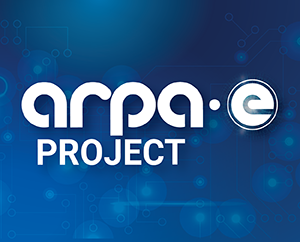Alkaline Membrane-Based Ammonia Electrosynthesis

Technology Description:
Wichita State University will develop a renewable energy-powered electrochemical device for ammonia production at ambient temperature. This allows the unit to consume less energy but maintain high productivity. The goal is an alternative path for ammonia electrochemical synthesis from water and air without the need for the high temperature and pressure required by the Haber-Bosch process. The key innovation is the use of a hydroxide-exchange membrane (HEM) polymer electrolyte. The more commonly used proton exchange membranes (PEM) present major challenges leading to low efficiency for PEM-based ammonia electrosynthesis. Switching to HEMs will reduce side-reactions, allow the use of non-precious metal catalysts, and eliminate ammonia crossover and electrolyte contamination. As such, HEM-supported ammonia electrosynthesis may offer high coulombic efficiency and high ammonia productivity, without losing the key advantages of PEM-based electrosynthesis - operating under ambient conditions and using air and water as reactants. Unlike the Haber-Bosch process, electrochemical synthesis of ammonia can be made much smaller and can operate intermittently which allows better integration with renewable electricity.
Potential Impact:
If successful, developments from REFUEL projects will enable energy generated from domestic, renewable resources to increase fuel diversity in the transportation sector in a cost-effective and efficient way.
